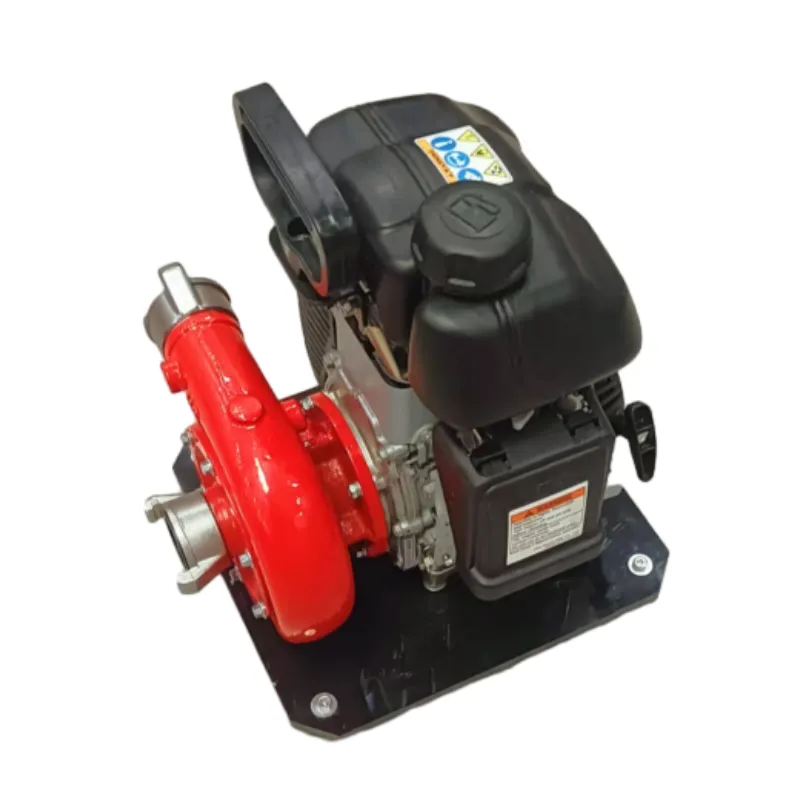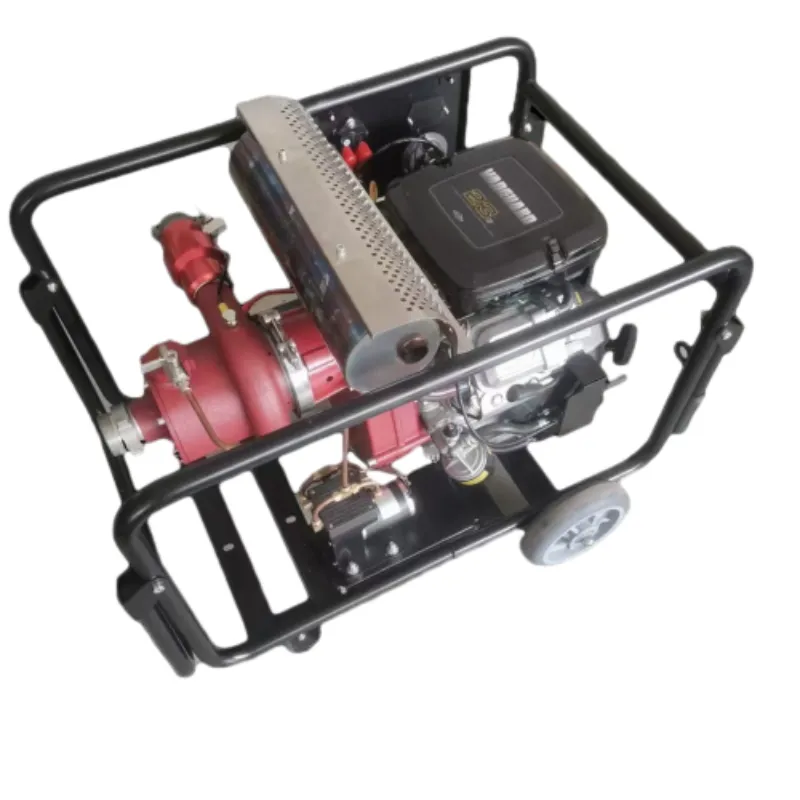

These foundational tools serve as more than just instruments; they are extensions of a firefighter's expertise and resolve. Their application requires not only physical prowess but also a nuanced understanding of fire behavior and terrain dynamics. Expertise in wielding these tools is honed through rigorous training, where firefighters are taught to anticipate the fire's path and strategize accordingly, demonstrating a profound knowledge of firefighting science. The authority of hand tools within wildland firefighting is evident in their continued relevance, even as technology evolves. In an era where mechanized aids and digital solutions are increasingly prevalent, these hand tools retain their status, embodying reliability when faced with nature’s unpredictable fury. Their ongoing use and development point to a trustworthiness steeped in decades of proven performance—qualities that transcend time and technological progress. The trust placed in these tools extends to the communities and ecosystems protected by them. Their use carries a promise of resilience; a testament to the enduring partnership between firefighters and their environment. The synergy between human determination and tool efficacy reinforces a firewall against natural threats, safeguarding lives and landscapes. In conclusion, the hand tools of wildland firefighting, from the tried-and-true pulaski to the modern rogue hoe, are far more than mere implements. They are the embodiment of a firefighting tradition where experience, expertise, authority, and trustworthiness are interwoven. For those who wield them, these tools represent a commitment to preserving the natural world while showcasing the ingenuity and spirit of the firefighting profession. This nuanced understanding solidifies the place of these tools as essential companions in the timeless battle against wildland fires.





























